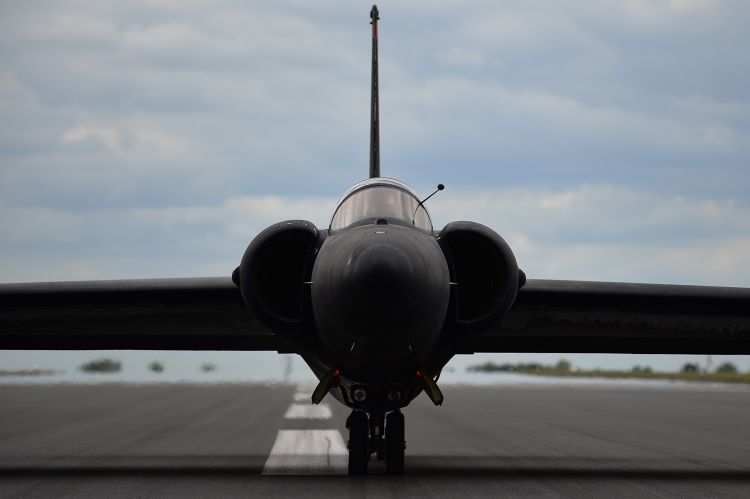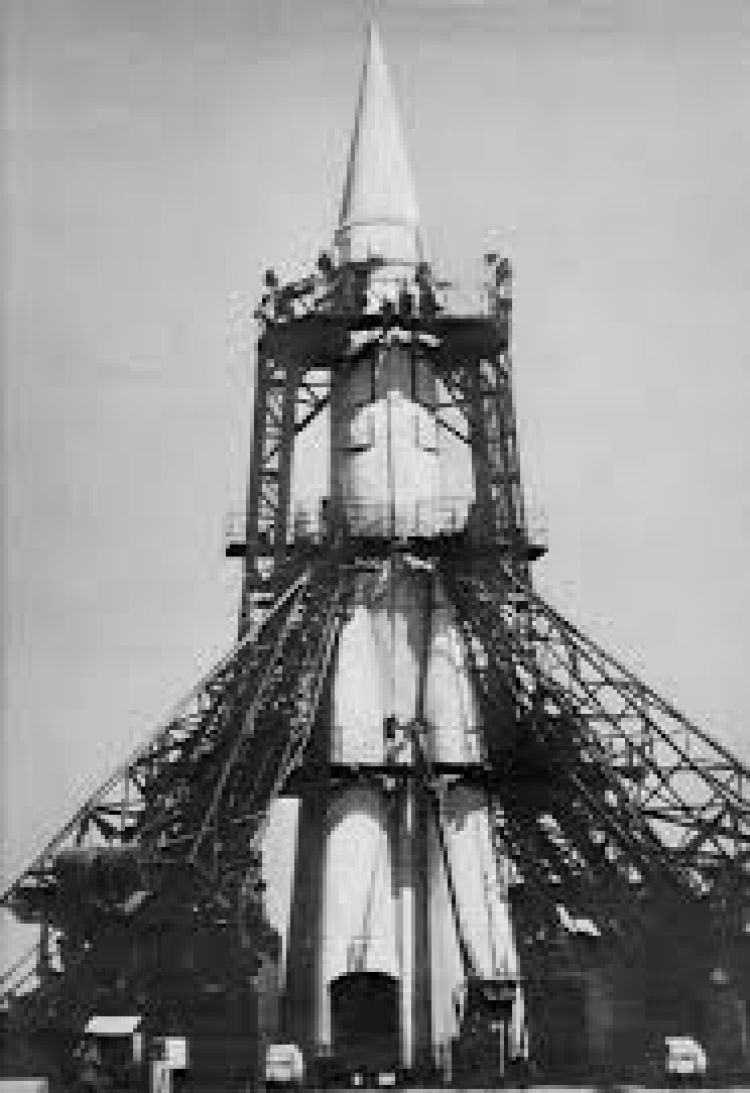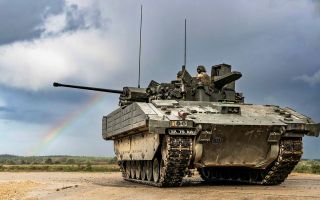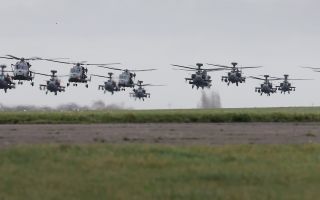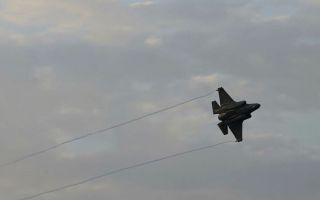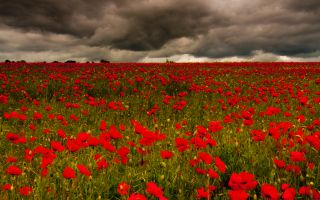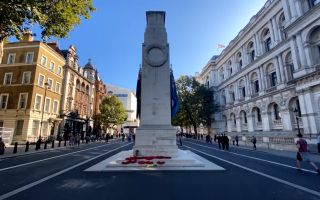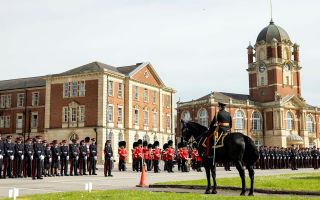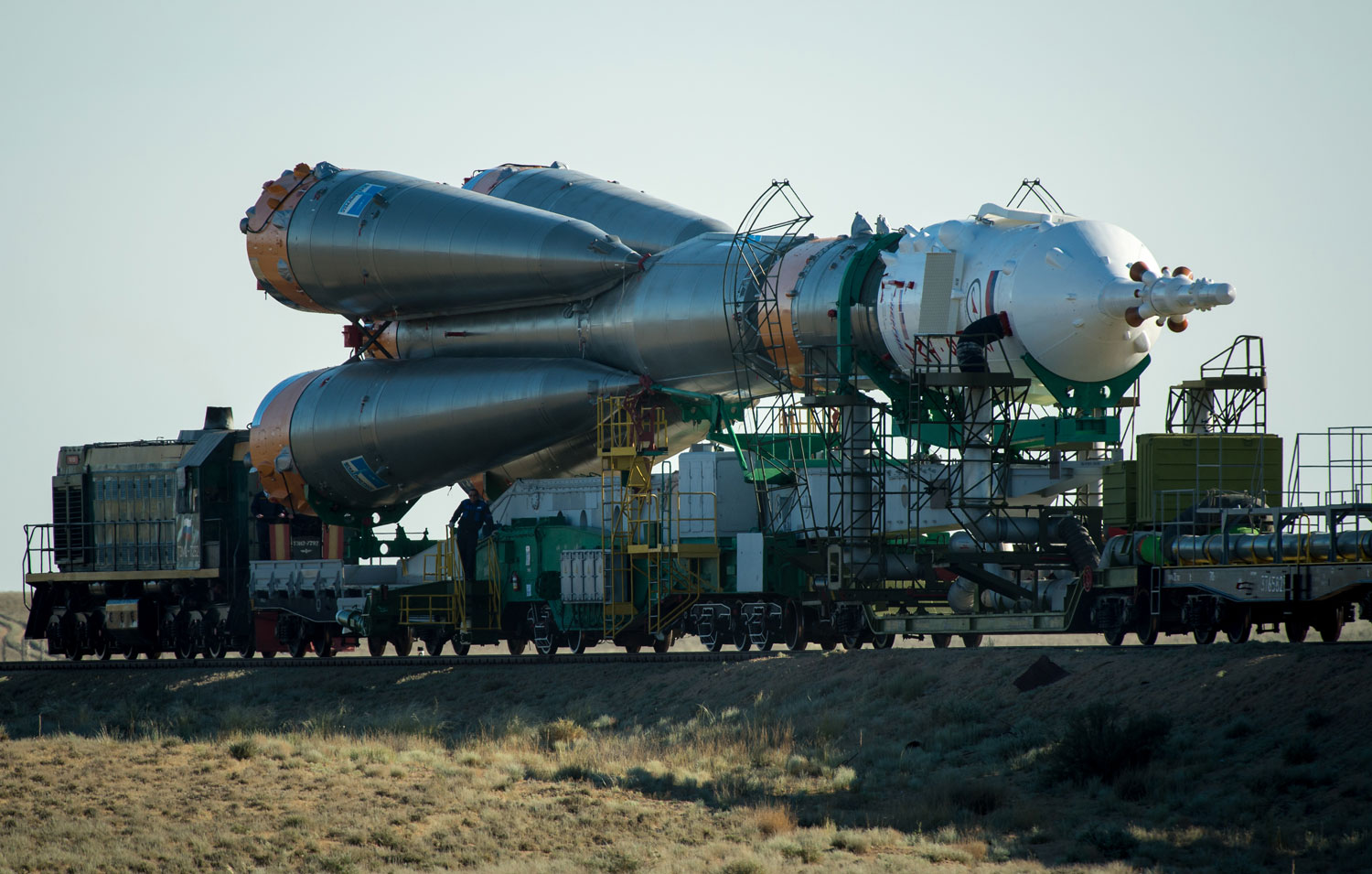
Soyuz: From Weapon Of Mass Destruction To Rocket Of Choice

All astronauts intending to visit the International Space Station spend months living and training at the remote Baikonur Cosmodrone - a small city originally called Leninsk and built in secret by the Soviet regime.
Founded as a missile test range in the early 1950's, it was first spotted and photographed by a USAF U-2 Dragon Lady spy plane in 1957.
Baikonur is the world's first and largest spaceport and, since the end of the NASA shuttle programme, the only place on earth from which humans can travel to the International Space Station.
As well as being the place which launched Yuri Gargarin into orbit it was also home to the abandoned Soviet Buran programme - a fleet of space shuttle orbiters that flew just once in 1988.
More menacingly Baikonur has been the testing facility of choice for Soviet and then Russian intercontinental ballistic missiles (ICBMs) from 1955 until at least 2008. The last known launch being of a fourth generation ICBM SS-19 Stiletto of which Russia are understood to possess at least 35.
The Soyuz rocket that took Britain's Tim Peake, Russian Yuri Malenchenko and American Tim Kopra into space also has its foundations in the nuclear arms race.
It's a direct descendant of the Soviet R-7 missile, known to the West as the SS-6 Sapwood, the world's first intercontinental ballistic missile. It flew 28 times between 1957 and 1961 although it was never operationally deployed with the Red Army.
The costs proved prohibitively large, the boosters too big for increasingly smaller nuclear warheads, and with launch sites increasingly compromised by American U-2 flights the almost 20-hour fueling and preparation time made the missiles extremely vunerable to airstrikes.
However, rather than let the technology go and with the 'Space Race' gathering momentum, Soviet scientists adapted the massive rockets to become the basis of the mission to the stars.
When today's astronauts blast off it's atop a Soviet-era system originally designed to kill vast swathes of the human race.
